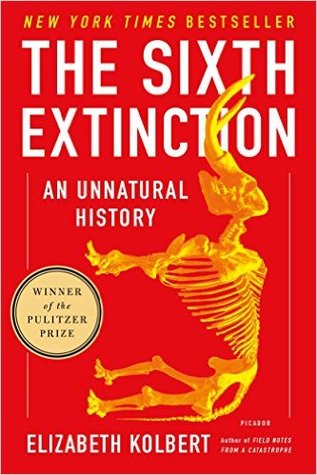More on this book
Community
Kindle Notes & Highlights
Read between
July 23 - July 24, 2023
SINCE the start of the industrial revolution, humans have burned through enough fossil fuels—coal, oil, and natural gas—to add some 365 billion metric tons of carbon to the atmosphere. Deforestation has contributed another 180 billion tons. Each year, we throw up another nine billion tons or so, an amount that’s been increasing by as much as six percent annually. As a result of all this, the concentration of carbon dioxide in the air today—a little over four hundred parts per million—is higher than at any other point in the last eight hundred thousand years.
Ocean acidification played a role in at least two of the Big Five extinctions (the end-Permian and the end-Triassic) and quite possibly it was a major factor in a third (the end-Cretaceous).
The Center for Invasive Species Research, which is based at the University of California-Riverside, estimates that California is now acquiring a new invasive species every sixty days. This is slow compared to Hawaii, where a new invader is added each month.
“When the chronology of extinction is critically set against the chronology of human migrations,” Paul Martin of the University of Arizona wrote in “Prehistoric Overkill,” his seminal paper on the subject, “man’s arrival emerges as the only reasonable answer” to the megafauna’s disappearance.
humans “are capable of driving virtually any large mammal species extinct, even though they are also capable of going to great lengths to guarantee that they do not.”
Though it might be nice to imagine there once was a time when man lived in harmony with nature, it’s not clear that he ever really did.


